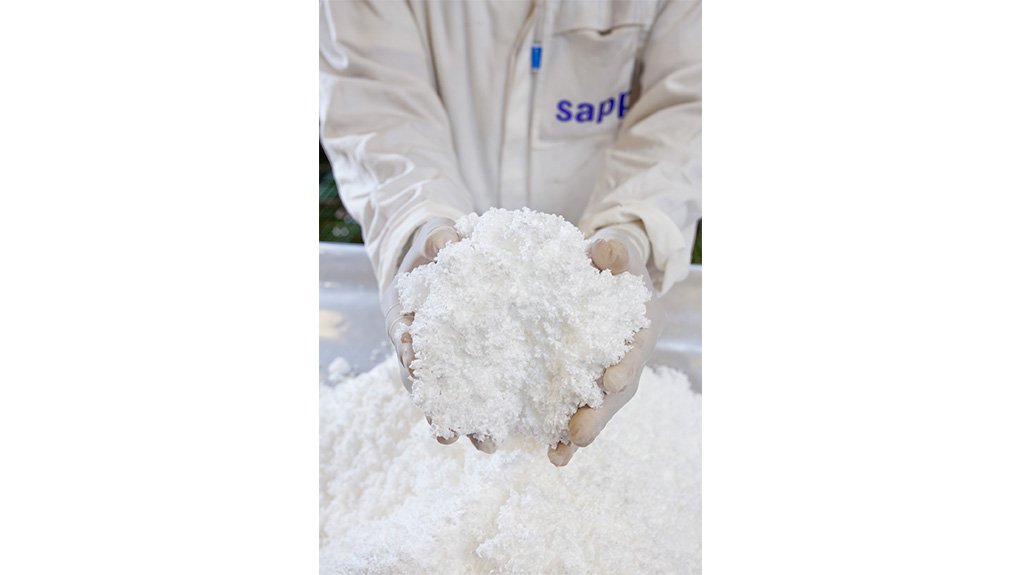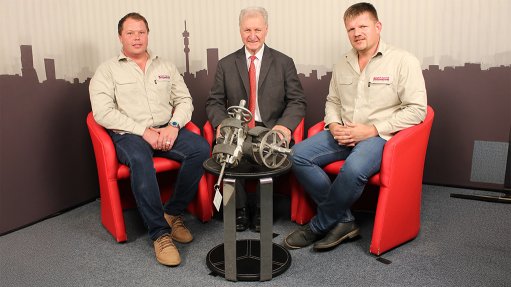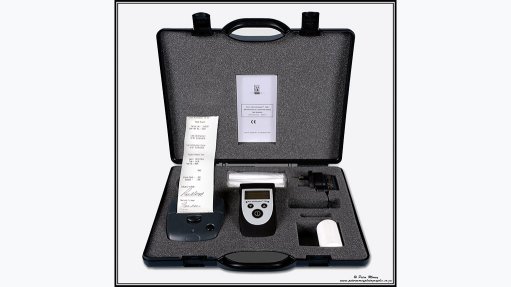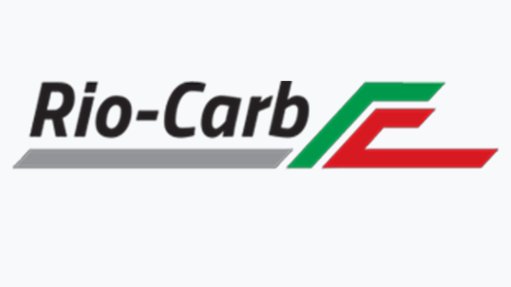Sappi weathers headwinds to generate cash, post good third-quarter results
Pulp and paper producer Sappi faced persistent challenges as a result of global economic challenges and encountered ongoing weaknesses in the paper and pulp market during the third quarter of its 2023 financial year.
These challenges followed record profitability in the third quarter of the prior financial year.
“Specifically, the paper businesses experienced a significant downstream destocking cycle. Customers reduced their inventories in anticipation of lower prices, thereby affecting demand.
“In response, we proactively curtailed excess production in Europe and North America, implemented various cost-saving initiatives across our operations, and applied measures to optimise working capital. The profitability of the South African business was more stable, bolstered by the dissolving pulp business,” CEO Steve Binnie comments.
He highlights that Sappi delivered earnings before interest, taxes, depreciation and amortisation (Ebitda), excluding special items, of $106-million for the quarter ended June 30.
Despite the difficult economic environment and the share buyback of $22-million during the quarter, further progress was made towards the net debt target of $1-billion. Net debt decreased by $49-million quarter-on-quarter to $1.18-billion.
A stronger euro:dollar exchange rate resulted in euro-denominated debt being converted at a higher rate and negatively impacted net debt by $105-million for the year to date, Binnie says.
“Despite the challenging economic environment, we generated cash in the quarter and liquidity in the group remains strong. We are committed to our strategy to reduce exposure to graphic paper markets while investing for growth in renewable packaging, dissolving pulp and biomaterials.
“Despite the slow recovery of paper demand and notwithstanding continued margin pressure in all of our market segments, Ebitda in the fourth quarter is likely to be marginally above that of the third quarter,” Binnie avers.
Profit for the period was $40-million, and earnings a share excluding special items were $0.05.
Demand for dissolving pulp (DP) remained positive, supported by sustained high operating rates for viscose staple fibre (VSF) and a recovery in pricing for alternative textile fibres such as cotton.
However, the hardwood DP market price declined from $920/t to $870/t during the quarter, driven primarily by the weak Chinese renminbi exchange rate against the dollar, relatively low VSF pricing and the sluggish global economy.
Sappi’s mills were fully sold supported by long-term contracts. Enhanced plant stability at the Saiccor Mill, in South Africa, and the absence of maintenance shuts at the Ngodwana and Cloquet mills, in South Africa and the US, respectively, resulted in improved production volumes for the segment.
The higher sales volumes offset the negative impact of lower selling prices and the segment maintained flat year-on-year Ebitda margins.
Continued weakness in graphic paper markets during the quarter was driven primarily by the destocking cycle and negative consumer sentiment.
Selling prices remained resilient at 5% above last year’s levels, despite facing a 45% reduction in sales volumes compared with the third quarter of the prior financial year.
Similarly, weak trading conditions and high inventory levels were observed in the packaging and speciality papers segment where sales volumes decreased by 26% compared with the third quarter of the prior financial year. The impact of the lower sales volumes resulted in reduced profitability in these segments.
The profitability of the South African business was stable relative to the prior quarter and significantly higher than the third quarter of the prior financial year.
Higher sales volumes for Verve and a weaker rand:dollar exchange rate offset cost inflation.
Verve sales volumes more than doubled compared with the previous year owing to improved plant stability and operating rates following a yearly maintenance shut at the Saiccor Mill.
Containerboard demand was lower owing to a downstream inventory build as customers imported product at the end of 2022. Nonetheless, higher year-on-year selling prices offset cost inflation and improved margins for the segment.
The South African business continued to adjust to the challenges posed by poor domestic rail service, necessitating reliance on road transport routes.
OUTLOOK
Weak global macroeconomic conditions and a slower-than-anticipated recovery in the Chinese economy continue to weigh on general consumer sentiment.
DP demand remains strong but there are mixed influences on pricing as the high VSF operating rates and a recovery in cotton prices are offset by lower paper pulp prices. DP market prices have reduced by a further $30/t in July; however, the relatively low stocks of VSF in the value chain may provide some resistance against further price deterioration, Sappi says.
The paper businesses face short-term challenges as the destocking cycle is taking longer than expected.
The uncertain economic outlook and reducing commodity prices will likely add pressure as customers are reluctant to build stock and are opting to manage their paper supply on a just-in-time basis, the company notes.
It mentions that there are, however, indications that the destocking cycle is nearing completion, and it is expected that demand will gradually improve throughout the fourth quarter. Sappi says it is well-positioned to benefit from a recovery.
Capital expenditure is estimated to be $410-million for full year 2023 and includes $79-million for the Somerset PM2 conversion and expansion project. Management remains committed to continued disciplined capital allocation.
Despite the challenging market conditions, liquidity remains healthy, and Sappi emphasises it will continue to diligently manage working capital through production curtailment and adapt its product mix to match demand.
Article Enquiry
Email Article
Save Article
Feedback
To advertise email advertising@creamermedia.co.za or click here
Comments
Announcements
What's On
Subscribe to improve your user experience...
Option 1 (equivalent of R125 a month):
Receive a weekly copy of Creamer Media's Engineering News & Mining Weekly magazine
(print copy for those in South Africa and e-magazine for those outside of South Africa)
Receive daily email newsletters
Access to full search results
Access archive of magazine back copies
Access to Projects in Progress
Access to ONE Research Report of your choice in PDF format
Option 2 (equivalent of R375 a month):
All benefits from Option 1
PLUS
Access to Creamer Media's Research Channel Africa for ALL Research Reports, in PDF format, on various industrial and mining sectors
including Electricity; Water; Energy Transition; Hydrogen; Roads, Rail and Ports; Coal; Gold; Platinum; Battery Metals; etc.
Already a subscriber?
Forgotten your password?
Receive weekly copy of Creamer Media's Engineering News & Mining Weekly magazine (print copy for those in South Africa and e-magazine for those outside of South Africa)
➕
Recieve daily email newsletters
➕
Access to full search results
➕
Access archive of magazine back copies
➕
Access to Projects in Progress
➕
Access to ONE Research Report of your choice in PDF format
RESEARCH CHANNEL AFRICA
R4500 (equivalent of R375 a month)
SUBSCRIBEAll benefits from Option 1
➕
Access to Creamer Media's Research Channel Africa for ALL Research Reports on various industrial and mining sectors, in PDF format, including on:
Electricity
➕
Water
➕
Energy Transition
➕
Hydrogen
➕
Roads, Rail and Ports
➕
Coal
➕
Gold
➕
Platinum
➕
Battery Metals
➕
etc.
Receive all benefits from Option 1 or Option 2 delivered to numerous people at your company
➕
Multiple User names and Passwords for simultaneous log-ins
➕
Intranet integration access to all in your organisation





















